Leather bags are more than just accessories; they're investments.
A well-chosen leather bag can elevate your style, serve as a reliable companion, and even become a cherished heirloom.
Whether you're a discerning man seeking a durable briefcase or a woman looking for a stylish tote, understanding the nuances of leather quality and craftsmanship is crucial. This guide will equip you with the essential knowledge to make an informed decision and select a leather bag that’s both functional and practical, lasting for years to come.
1. What type of leather is best for a bag?
Full-grain is the most durable and ages beautifully. Top-grain is also great but often has imperfections sanded off. Avoid genuine leather and synthetic leathers as they tend to peel over time.

Cross section of leather hide - Full Grain, Top Grain & Genuine Leather
Full-Grain Leather: The Pinnacle of Quality
Full-grain leather is the highest quality leather available. It comprises the entire grain of the hide, with all the natural textures and imperfections intact. This makes each full-grain leather item unique and tells a story of the animal's life.
Durability: Full-grain leather is incredibly durable and strong. Its tight grain fibers resist wear and tear, making it ideal for everyday use.
Patina: Over time, full-grain leather develops a rich, lustrous patina, enhancing its character and beauty. This aging process adds to its appeal and value.
Natural Feel: Full-grain leather retains its natural feel and texture, offering a luxurious and authentic experience.
Price: Due to its superior quality, full-grain leather bags are typically more expensive. However, the investment is justified by their longevity and timeless appeal.
Top-Grain Leather: A Balanced Option
Top-grain leather is the second-highest quality leather. It involves sanding away the outer layer of the hide to remove imperfections, resulting in a smoother, more uniform surface.
Smooth Texture: Top-grain leather offers a refined and smooth texture, appealing to those who prefer a more polished look.
Durability: While still durable, top-grain leather is slightly less so than full-grain because the strongest outer layer has been removed.
Cost: Top-grain leather bags are generally more affordable than full-grain options, making them a good balance between quality and price.
Less Patina: Top-grain leather doesn't develop the same rich patina as full-grain, but it still ages gracefully.
Genuine Leather and Bonded Leather: Avoid These
"Genuine leather" and bonded leather are often misleading terms. They represent the lowest grades of leather.
Genuine Leather: This term refers to leather made from leftover scraps that are glued together and then embossed. It's significantly less durable and tends to peel or crack over time.
Bonded Leather: This type consists of leather scraps bonded with polyurethane or latex onto a fiber sheet. It's the least durable and has a short lifespan. Avoid at all costs.
It's important to remember that these types of leathers are often mass produced, and their cost reflects the lower grade of materials.
Synthetic Leather: A Non-Leather Alternative
Synthetic leather, also known as pleather or vegan leather, is a man-made material designed to mimic the look and feel of leather.
Affordability: Synthetic leather is significantly cheaper than genuine leather.
Variety: It comes in a wide range of colors and textures.
Durability: While it may look good initially, synthetic leather is generally less durable than genuine leather and tends to peel or crack over time. It also lacks the natural aging and patina of genuine leather.
It's important to consider synthetic leathers environmental impact in comparison to real leathers natural makeup.
2. How to tell leather bag is good quality?
Stitching: A Sign of Strength
Look for smooth, even, and tight stitching. Uneven or loose stitches indicate poor craftsmanship.
Reinforced stitching at stress points, such as handles and corners, is crucial for durability.
Hardware: Sturdy and Reliable
High-quality hardware, such as zippers, buckles, and clasps, should be made of solid metal and feel substantial.
Avoid plastic or flimsy hardware, which can break easily.
Heavy duty zippers are very important to the functionality and lifespan of a leather bag.
Lining: Often Overlooked, but Essential
A well-made bag will have a thick and non-generic lining.
Cotton or linen linings are preferable to thin, synthetic materials, which can tear easily.
The lining protects the leathers inner side, and gives extra structure to the bag.
Leather Smell and Feel
High-quality leather has a distinct, pleasant smell.
It should feel substantial and not too stiff or thin. A good leather has a suppleness to it.
3. How do I care for my leather bag?
Regular Cleaning
Wipe your bag with a soft, dry cloth to remove dust and dirt.
For deeper cleaning, use a damp cloth and mild soap, then let it air dry.
Conditioning
Apply a leather conditioner every few months to keep the leather soft and supple.
Conditioning prevents the leather from drying out and cracking.
Always test any products, on an inconspicuous area of your leather bag, before general application.
Avoiding Harsh Chemicals
Keep your leather bag away from harsh chemicals, such as solvents and detergents, which can damage the leather.
Proper Storage
Store your bag in a dust bag when not in use to protect it from dust and scratches.
Avoid storing it in direct sunlight or in damp environments.
Stuffing your bag, with paper when storing, can help keep its form.
4. Is leather waterproof?

While leather is naturally durable, it's not inherently waterproof.
Leather Protectant Spray
Apply a leather protectant spray to add a layer of resistance against water and stains.
This spray creates a barrier that repels moisture.
Avoiding Prolonged Exposure
Avoid prolonged exposure to heavy rain, as excessive moisture can damage the leather.
If your bag gets wet, let it air dry naturally. Avoid using a hair dryer or other heat sources.
Water resistance limitations.
Beware of leather goods that advertise being water proof. This is normally acheived by a very heavy plastic coating. This coating will degrade and peel overtime.
5. How long should a leather bag last?
Longevity
With proper care, a full-grain leather bag can last for decades, developing a unique patina over time.
A good leather bag can become a valuable part of your personal style.
Style and Functionality
Think about how the bag will be used. Do you want it for everyday use, professional use, or travel?
Choose a style that complements your personal aesthetic and meets your practical needs.
Consider size, weight, and inner pockets, and how these factors apply to you.
Investing Wisely
The increased price of high quality leather, is repaid many times over with the bags longevity.
Choose a classic design, that will remain stylish through out the years.
By understanding the different types of leather, recognising high-quality craftsmanship, and practicing proper care, you can select a leather bag that is both durable and stylish. Whether for men or women, investing in a well-made leather bag ensures a functional and practical accessory that will age beautifully and last for years to come.


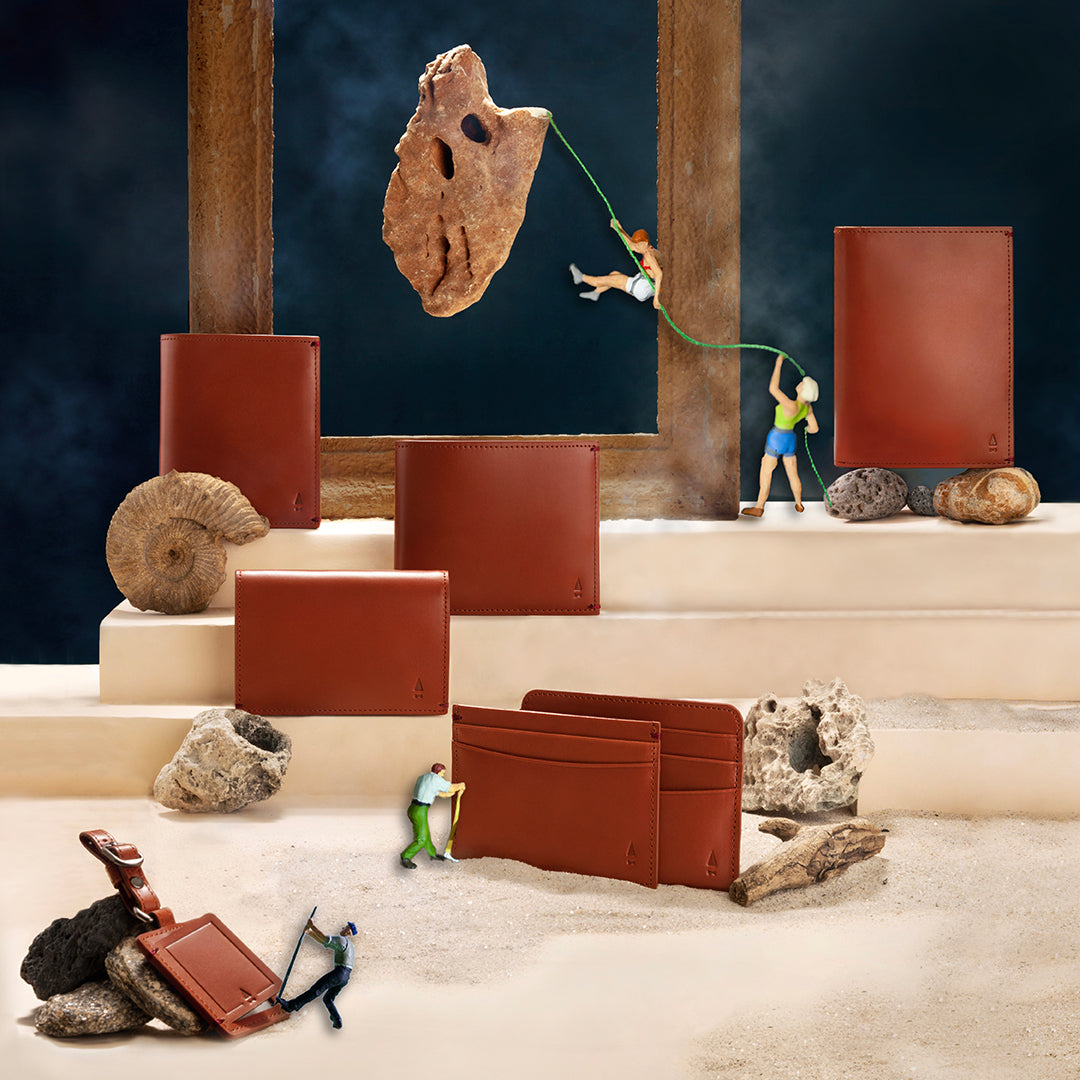
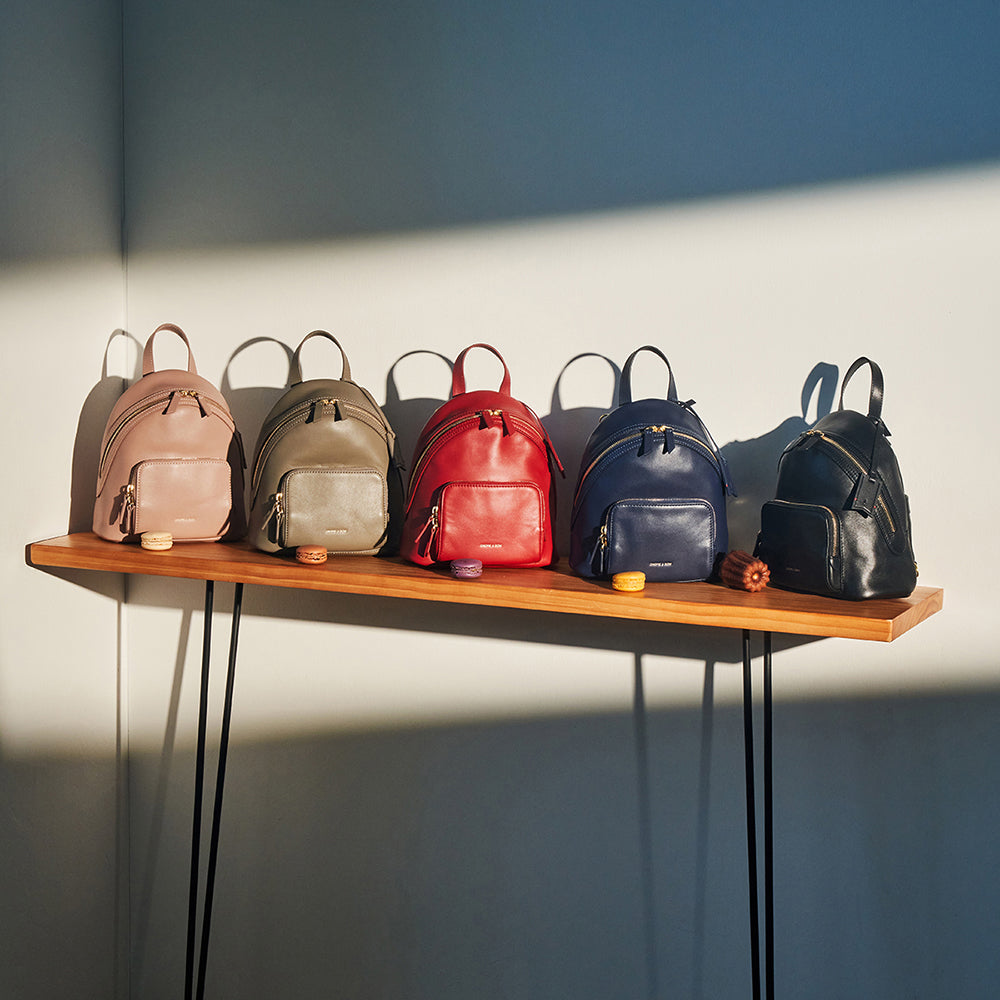
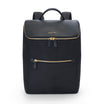
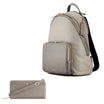
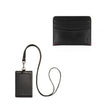
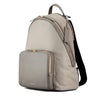

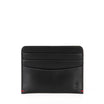
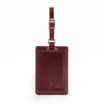
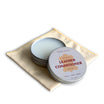
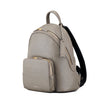
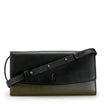
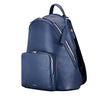
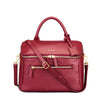
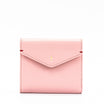
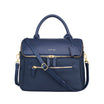


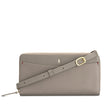
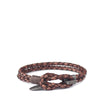

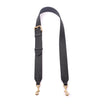
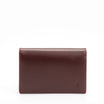

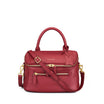
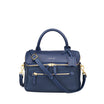
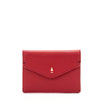




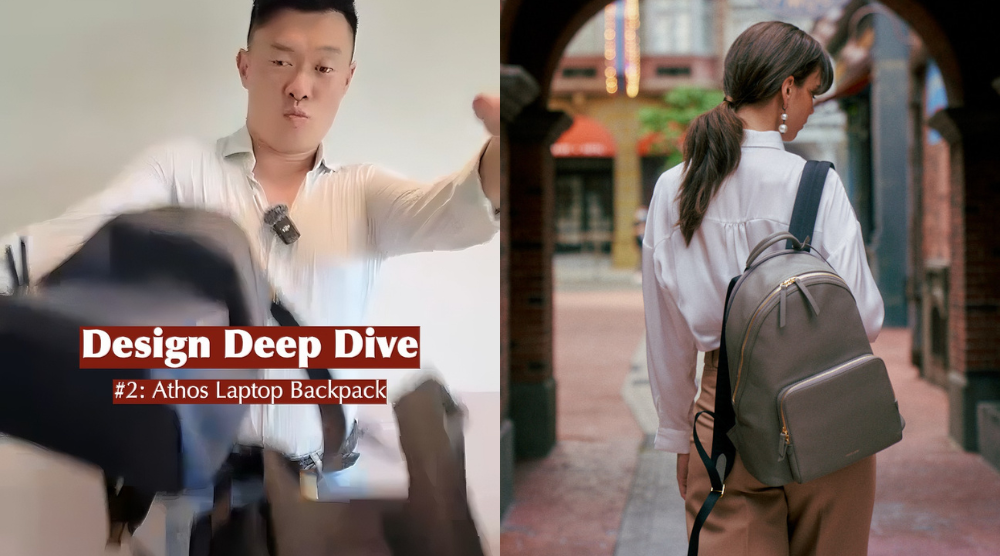

Leave a comment
This site is protected by hCaptcha and the hCaptcha Privacy Policy and Terms of Service apply.